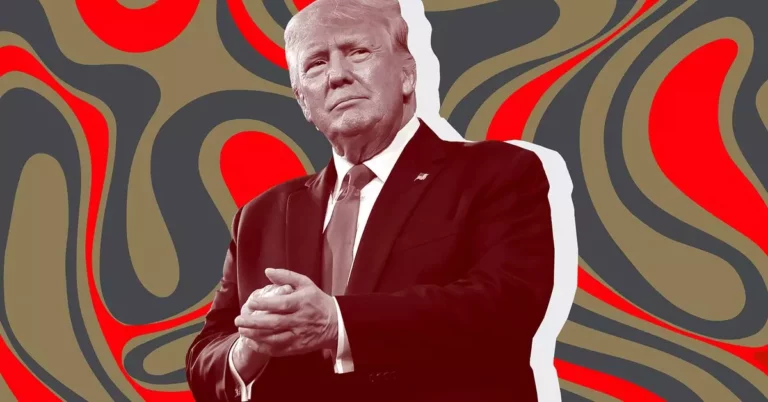The cryptocurrency landscape continues to evolve rapidly, with new ventures emerging almost daily. A recent notable entry is the World Liberty Financial (WLF), a project connected to former President Donald Trump. Launched on a Tuesday with a much-anticipated token sale, the program faced immediate technical challenges that highlighted both the enthusiasm and the complexities of engaging in decentralized finance (DeFi). This article will delve into the implications of WLF, its reception, and the environment surrounding cryptocurrency activism, particularly in the context of political affiliation.
The Collapse of a Launch: An Unexpected Surge in Interest
World Liberty Financial saw its website crash shortly after the token sale began, a situation exacerbated by overwhelming traffic. Co-founder Zach Folkman disclosed that over 100,000 individuals had expressed interest in purchasing the WLFI token, reflecting an unexpected level of engagement. This overwhelming interest translated into 72 million unique visits in the initial hour alone, which inevitably placed strain on their online platform. While their site returned to functionality relatively quickly, the immediate chaos illustrated the precarious nature of crypto launches, compounded by technical limitations and perhaps insufficient infrastructure planning.
Such incidents raise questions about the preparedness of projects to handle enthusiastic participation, especially when linked to high-profile personalities. The unexpected traffic could also hint at the fervor surrounding Trump’s image, particularly among his supporter base eager to invest in a project associated with him. Ultimately, WLF’s ability to manage both technical performance and community interest will significantly impact its long-term viability.
The WLFI token operates as a governing tool on the World Liberty Financial platform, allowing users to participate in various decision-making processes. Token holders will have input on protocol upgrades, technical changes, and other essential governance matters. However, it’s essential to note that the WLFI is currently non-transferrable, meaning its liquidity and tradeability are restricted, which may affect investor enthusiasm moving forward.
Additionally, the decision to limit the purchase of WLFI tokens to accredited investors has raised eyebrows. While the project’s mission encompasses aiding the unbanked and de-banked populations, the criteria for becoming an accredited investor restrict access. To qualify, individuals must demonstrate substantial income or net worth, making participation accessible only to a select group. This paradox reveals a fundamental tension in the aims of WLF; while it positions itself as a tool for financial inclusion, the barriers created by the SEC’s accreditation requirements undermine that promise.
Notably, the “gold paper” released by WLF positions Donald Trump as the “chief crypto associate,” further intertwining political branding with financial ambitions. His sons, listed as Web3 Ambassadors, symbolize the family’s endorsement and involvement in the burgeoning crypto space. This familial presence is likely to attract interest and investments from supporters who view this as a continuation of Trump’s narrative of disruption and innovation.
However, this bridge between politics and cryptocurrency raises significant concerns. The framing of cryptocurrency as an extension of political ideologies can lead to potential implications for public trust and investor behavior. When political figures engage with financial technology, it can complicate perceptions of legitimacy and objectivity, making investors vulnerable to any subsequent controversies surrounding those figures.
Future Viability Amidst Scrutiny
As World Liberty Financial navigates the waters of its launch, the scope for future success hinges on its ability to reconcile its ambitious goals with the reality of market demands and regulatory frameworks. Maintaining operational integrity, managing investor expectations, and expanding accessibility will be vital tasks in the months ahead.
Moreover, the token’s incorporation of governance features—a common thread in DeFi projects—poses challenges as the platform scales. Should WLF attract a significant user base, its governance model will need to adapt to accommodate diverse opinions and manage conflicts effectively.
As WLF endeavors to plant its flag in the turbulent seas of cryptocurrency, scrutiny looms. Bridging the gap between political affiliation and financial technology will demand astute navigation of both community sentiment and regulatory landscapes. The initial reception and ongoing operations will likely determine whether WLF will emerge as an innovative power player or become a cautionary tale within the expanding narrative of cryptocurrency.


Leave a Reply